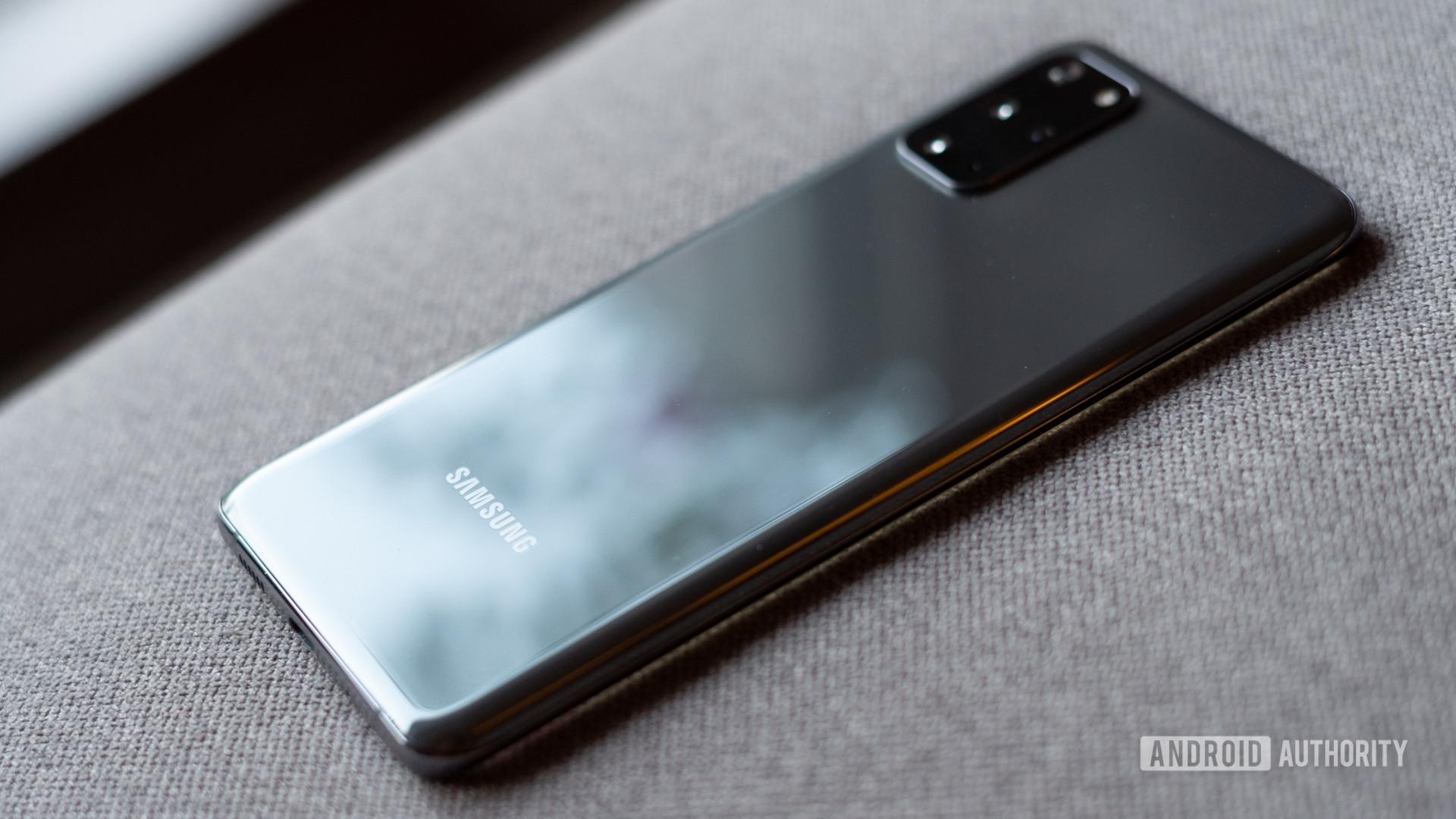- Samsung has quietly revealed more details about its Exynos 850 chipset.
- The processor is built on an 8nm design and features eight Cortex-A55 CPU cores.
- These design choices mean it could be the most power-efficient SoC of 2020.
Samsung announced the Galaxy A21s last month, packing a big battery and quad rear cameras for ~$180. But the phone also serves up an Exynos 850 processor, and the brand has now listed the chipset on its website.
The Exynos 850 listing (spotted by SamMobile) reveals that we're looking at quite possibly the most power-efficient processor of 2020. For one, the SoC is built on an 8nm manufacturing process.
Now, 7nm and 8nm designs have been seen before, as Qualcomm, MediaTek, and Huawei all have flagship and upper-mid range 7nm processors. But this marks the first time we see an 8nm chipset in the budget space, with the Exynos 850 landing in sub-$200 devices.
What else does the Exynos 850 offer?
Furthermore, Samsung's new SoC also packs an octacore CPU featuring lightweight Cortex-A55 cores only (clocked at 2Ghz). This marks the first time we see an octacore Cortex-A55 CPU from a globally relevant chipmaker.
The combination of an 8nm design and Cortex-A55 CPU cores only means we can therefore expect the Exynos 850 to be the most power-efficient processor of 2020 in theory. So a phone with this SoC might not need the biggest battery to offer long endurance and plenty of screen-on time. But the Galaxy A21s is equipped with a 5,000mAh battery, which means two or three day battery life could be within reach.
Other noteworthy specs include a Mali-G52 GPU, FHD+ display support, 1080p/60fps video recording, eMMC 5.1 support, and Wi-Fi 5/Bluetooth 5.0 connectivity. The Exynos 850 also supports dual 16MP/5MP cameras, and 21.7MP single shooters on the front or rear. But it's worth noting that the Galaxy A21s has a 48MP main camera anyway.
In any event, we're looking forward to seeing more low-end phones with this processor. Sure, it lacks power on paper and you won't want it if you play games, but it definitely seems like a successor of sorts to 2016's similarly frugal Snapdragon 625.
More posts about mobile technology
from Android Authority https://ift.tt/2XmqfWq
via IFTTT







Aucun commentaire:
Enregistrer un commentaire